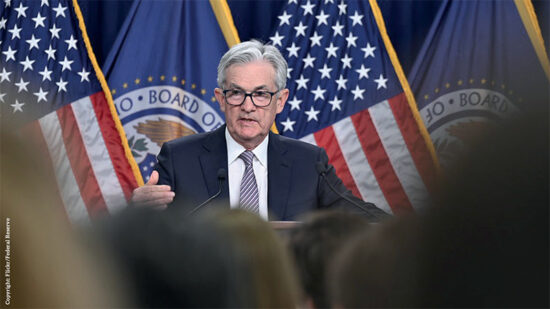S&P has predicted Sukuk Issuance – an Islamic bond structured in such a way as to generate returns to investors without infringing Islamic law – was on course to cross the $100bn mark this year.
Stuart Anderson, managing director and regional head, Middle East at Standard & Poor said: “The global sukuk market remains limited in size and a handful of large issuances can transform what appears to be a slowdown story into an upbeat one.
“In the past two years, several ‘jumbo-sized’ issuances, in excess of $3-4 billion, have significantly accelerated growth.”
He added that good economic growth and faster recovery in GCC and Asia – which S&P notes are “the twin engines of the sukuk market” – are expected to continue driving rapid growth in the sector.
S&P also noted that the Islamic banking sector “continued to outstrip” conventional banking growth.
“Although profitability has shrunk from the pre-crisis period, owing to lower interest rates and lower non-core banking revenues, overall performance metrics have remained healthy.”
The company predicted Islamic banks would continue to grow faster than their conventional peers, given the relatively better economic prospects of GCC and Asia.”
The analyst attributed the entry of new players outside the cradle of Islamic finance, as significant to the banking sector’s long-term growth potential.
“The Islamic Development Bank (IDB) is emerging as a key player in enabling African sovereigns to enter the Sukuk market. Morocco announced in June 2013 that its sovereign sukuk issuance could be bought by the IDB.”
S&P also noted that, other sovereigns, such as Turkey, have also started establishing themselves as regular contributors to the market.
“Several new players are seeing Sukuk as a way of funding growth and diversifying fiscal and external funding. Many countries in the MENA region have also put the development of Islamic finance more prominently on their growth agendas in recent months,” said Anderson.
However, the analyst went on to note that, despite registering healthy volumes in 2013, the sector appears to be struggling to match last year’s exceptional growth due to “tougher market conditions”.
S&P noted that “Worldwide year-to-date issuance dipped 25% from last year to $77.4 billion, as of September 22, 2013. Nevertheless, 2013 issuance to date is already approaching total annual volumes achieved in 2011.”
Anderson added: “We remain upbeat on the outlook for the global Islamic Finance industry, but are increasingly conscious that, as it achieves critical mass, the industry will be exposed, more than ever, to the volatility of international markets.
“While growth has continued, we have seen mixed fortunes across sectors and a broad spectrum of structural problems continues to pose challenges.”
According to S&P some of these structural issues could be addressed:
“Recent innovations promise to address some key bottlenecks – for instance the shortage of instruments to boost capital base or allocate excess liquidity into Sharia-compliant investment options," the firm said.
“Such recent innovations include the use of hybrid sukuk by GCC banks to strengthen capital and the ‘International Islamic Liquidity Management (IILM) 2 SA’ vehicle set up by Malaysia-headquartered IILM Corporation to better manage short-term allocation of excess liquidity,” the firm added.








